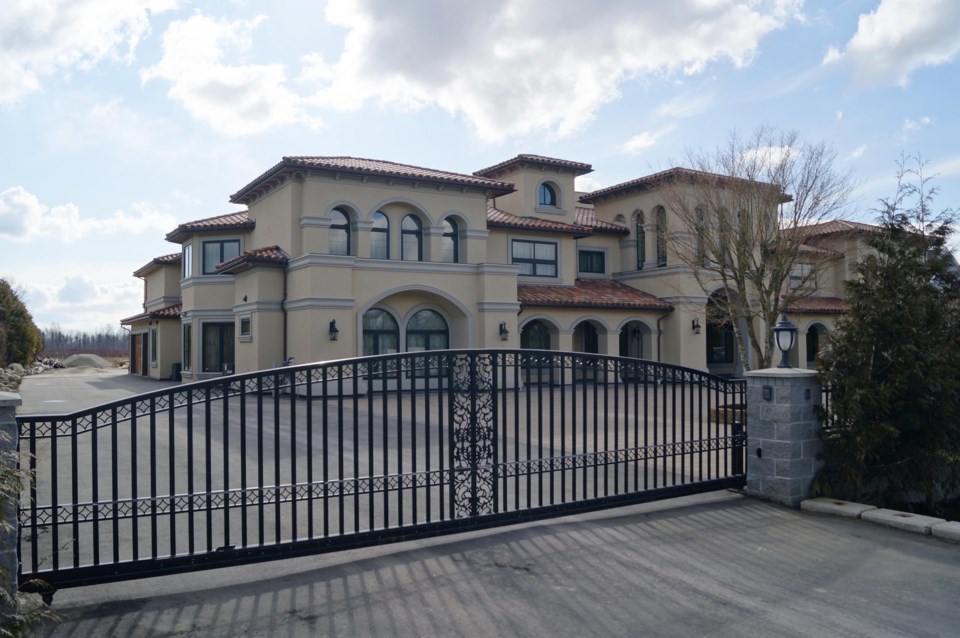Should Richmond council (A) kowtow to ALR speculators or (B) do their job? A, or B?
If you chose B, please ask council to respect our farmland and the citizens they swore to serve at Monday’s public hearing.
“We have to protect our farmland,” is the mantra of our entry-level farmers. And they’re right. If council heeds those words, all will be well.
The alternative is to cater to speculators who’ve trained council to jump for them.
Note: I’ll use the general word “speculators” to include money launderers, opportunists, farmland investors, etc.
Speculators hoard farmland as a commodity to store, build and flaunt their wealth. That can easily conflict with the ALR as a collective reserve that stores agricultural value for the long-term benefit of British Columbians.
The Richmond farming establishment, who inherited much of their land, do care about farming. It’s lucky for them when farmland prices shoot up, but it’s sad when they lobby for non-farm mansions on ALR land to keep those prices high.
Then there’s the global “corrupt elite,” which buys expensive properties here with stolen wealth. I bet that’s contributed to the frenzy of mega-mansions planned for Richmond farmland: 25 are more than 12,000-square-feet in the first quarter of 2017, almost equaling the previous seven years.
So, how can we protect our farmland? By doing the obvious. There’s a proven solution, roughly what Delta does. A staff report explains the approach, but it seems some council members missed it or didn’t grasp it.
The essence: Limit farmland house size enough to divert construction of non-farm residences from the ALR to residential areas. (And include a simple approval process so farmers can exceed the limit—for example, for a large extended family of farmers.)
Site Economics consultant Richard Wozny calculated the optimal farmhouse size limit for Richmond. Staff then expressed it as an option: a limit of 3,650-square-feet, plus garage. Simply making that option a bylaw would greatly reduce the problem.
Coun. Harold Steves and staff favoured a provincial limit that’s a bit higher, but it seems best to fine-tune for Richmond needs.
Shockingly, Mayor Malcolm Brodie jumped to a limit of almost 10,800-square-feet (but half of that for lots under 0.2 hectares). Only Coun. Steves and Coun. Carol Day voted against it.
Other than lopping a tier of mega-mansions, the mayor surrendered to the speculators, ignoring massive public input, staff expertise and Ministry of Agriculture guidelines.
The public hearing will be at city hall on May 15, at 7 p.m. Come early to sign in to speak (10-minute limit). For links and tips, visit my Natural legacies versus waste blog.
Jim Wright is a longtime Richmond activist



